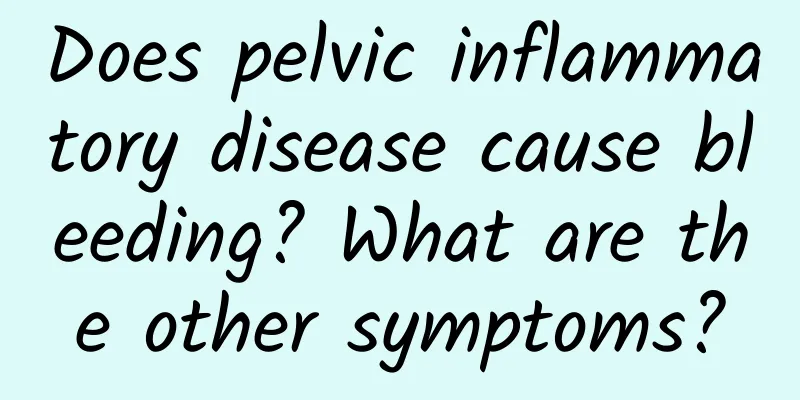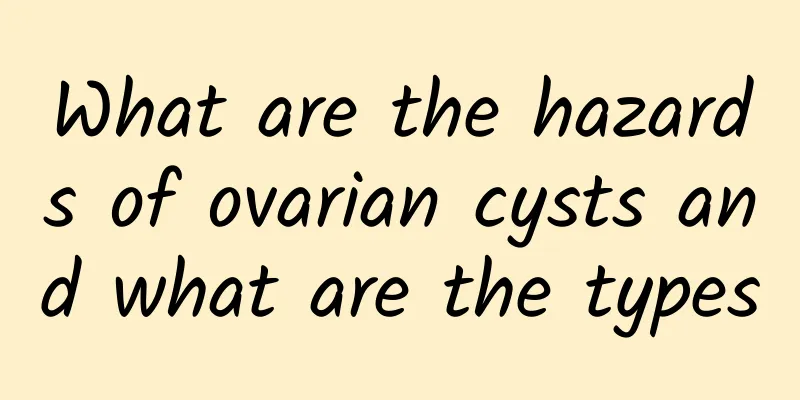What are the symptoms of pelvic peritonitis?

|
The symptoms of pelvic peritonitis mainly include lower abdominal pain, fever, increased abnormal secretions, menstrual disorders, and general fatigue. If the symptoms are severe, you should seek medical attention immediately to avoid delaying treatment and causing complications. Lower abdominal pain is the most common manifestation of pelvic peritonitis. The pain is usually persistent and may be accompanied by tenderness or distension, which worsens with activity or changes in body position. Fever is usually low-grade, but chills and high fever may also occur, indicating an inflammatory infection. Increased vaginal discharge that may be abnormal in color, such as yellowing or blood, and accompanied by a peculiar smell is another warning sign. In some patients, menstrual disorders may also occur, such as prolonged menstruation or increased menstrual flow. Chronic pelvic peritonitis may cause fatigue, loss of appetite, nausea, and even constipation. If the condition is not controlled for a long time, it may develop into fallopian tube obstruction or infertility. Lower abdominal pain is the most common manifestation of pelvic peritonitis. The pain is usually persistent and may be accompanied by tenderness or distension, which worsens with activity or changes in body position. Fever is usually low-grade, but chills and high fever may also occur, indicating an inflammatory infection. Increased vaginal discharge that may be abnormal in color, such as yellowing or blood, and accompanied by a peculiar smell is another warning sign. In some patients, menstrual disorders may also occur, such as prolonged menstruation or increased menstrual flow. Chronic pelvic peritonitis may cause fatigue, loss of appetite, nausea, and even constipation. If the condition is not controlled for a long time, it may develop into fallopian tube obstruction or infertility. Paying attention to daily hygiene, keeping the vulva clean, avoiding frequent bathing and unclean sexual life can help prevent inflammation. At the same time, medical treatment should be sought as soon as possible after infection to avoid complications of chronic pelvic inflammatory disease. Treatment usually includes antibiotic treatment, such as cephalosporin antibiotics or metronidazole combination therapy; hospitalization for infusion treatment may be required when symptoms are severe; if complications such as abscesses occur, surgical drainage may be required. During the recovery period, patients should rest more, eat a light diet, and enhance their body's immunity. If the above symptoms are found, seek medical attention in time for a clear diagnosis and active treatment. |
>>: Postpartum vulvar itching and abnormal vaginal discharge
Recommend
Advantages and disadvantages of traditional Chinese and western medicine in treating vulvar leukoplakia
As a common gynecological disease, the treatment ...
What to eat after uterine fibroid surgery? How to adjust your diet after uterine fibroid surgery?
The location of uterine fibroids is uncertain and...
Why is bacterial vaginosis difficult to cure in unmarried women?
It is indeed a bit difficult to treat this diseas...
The first sure-fire way to lose weight: Tryptophan foods control appetite
Still playing tug of war with the number on the s...
There is a best time to eat breakfast, which protects your heart and helps you lose weight! Low glycemic index foods stabilize blood sugar
Breakfast is the source of energy to start the da...
Expert introduction: Invisible vaginitis is easy to be ignored
Many patients do not know much about hidden vagin...
Tips: Treatment of chronic pelvic inflammatory disease
With the continuous improvement of medical standa...
Three common causes of ovarian cysts
Ovarian cysts are a common gynecological disease ...
Do you know the major causes of cervical hypertrophy?
What factors cause cervical hypertrophy? What are...
The dangers of mild cervical hypertrophy
Mild cervical hypertrophy may cause discomfort. I...
What is the reason for repeated fever after miscarriage?
Fever refers to heat. Repeated fever after aborti...
What are the symptoms of acute pelvic peritonitis? How to take relevant nursing measures for pelvic peritonitis?
Acute pelvic peritonitis is also a gynecological ...
Can acupuncture treat irregular menstruation? It has a very good effect
Irregular menstruation can seriously affect women...
What are the symptoms of uterine fibroids? How to treat uterine fibroids?
Uterine fibroids are a very common gynecological ...
The harmful consequences of Trichomonas vaginitis
When you have Trichomonas vaginitis, you should c...









